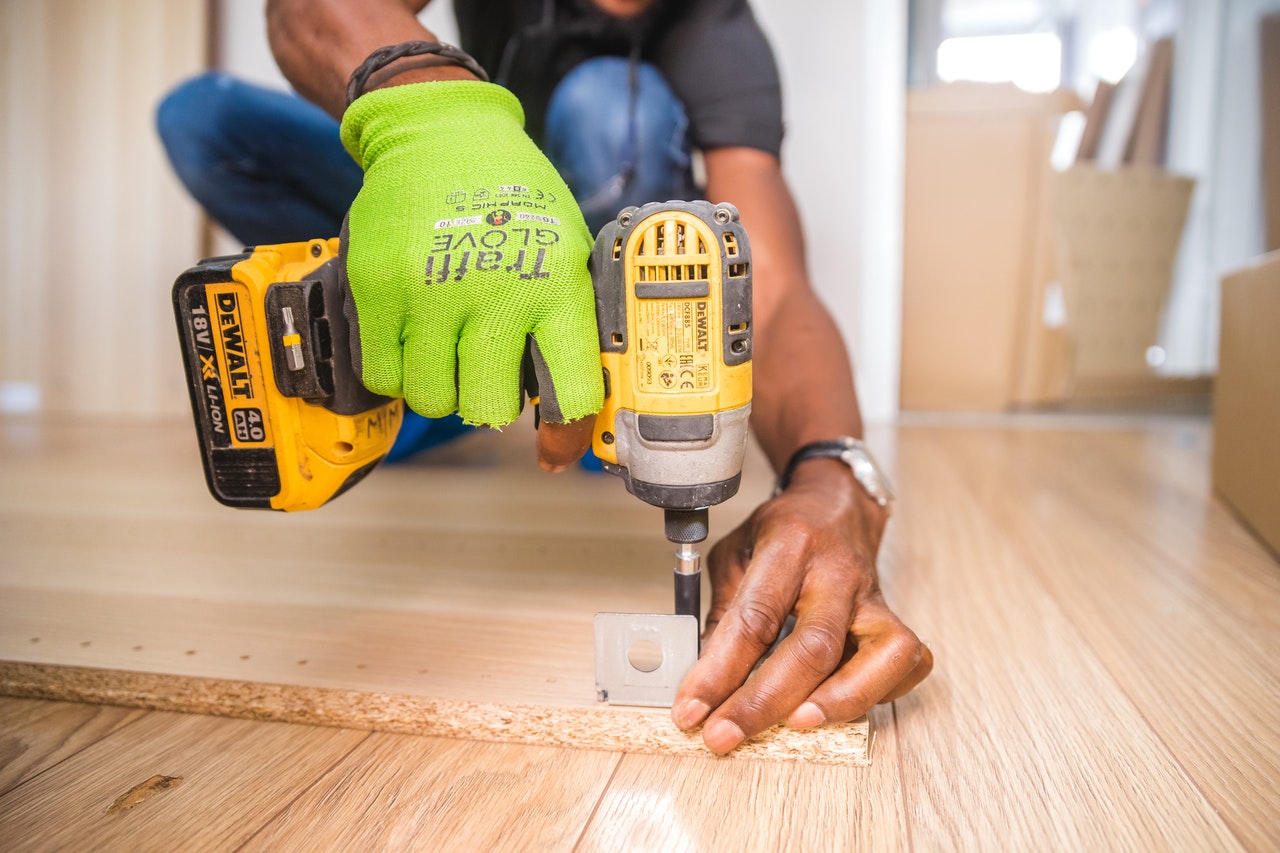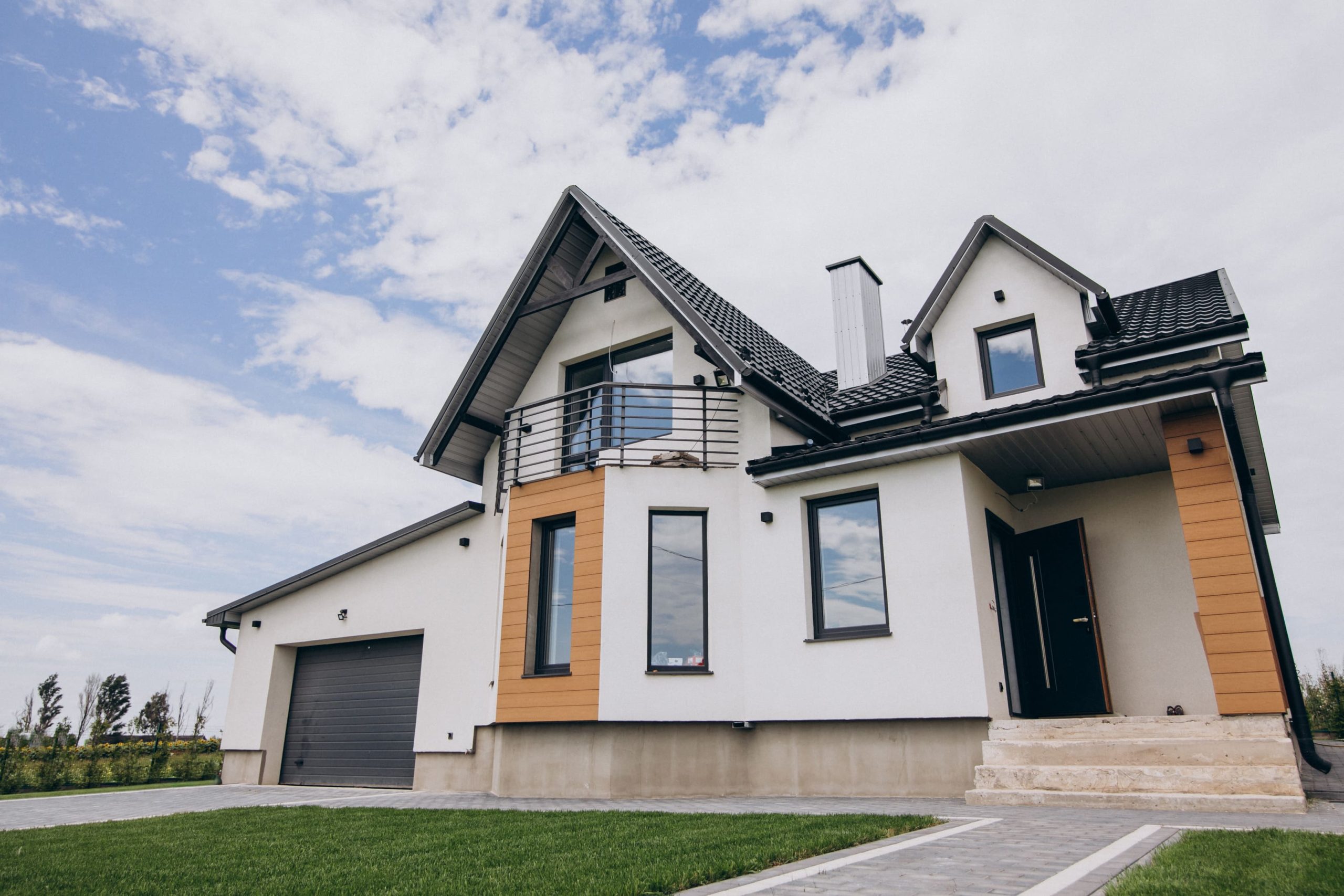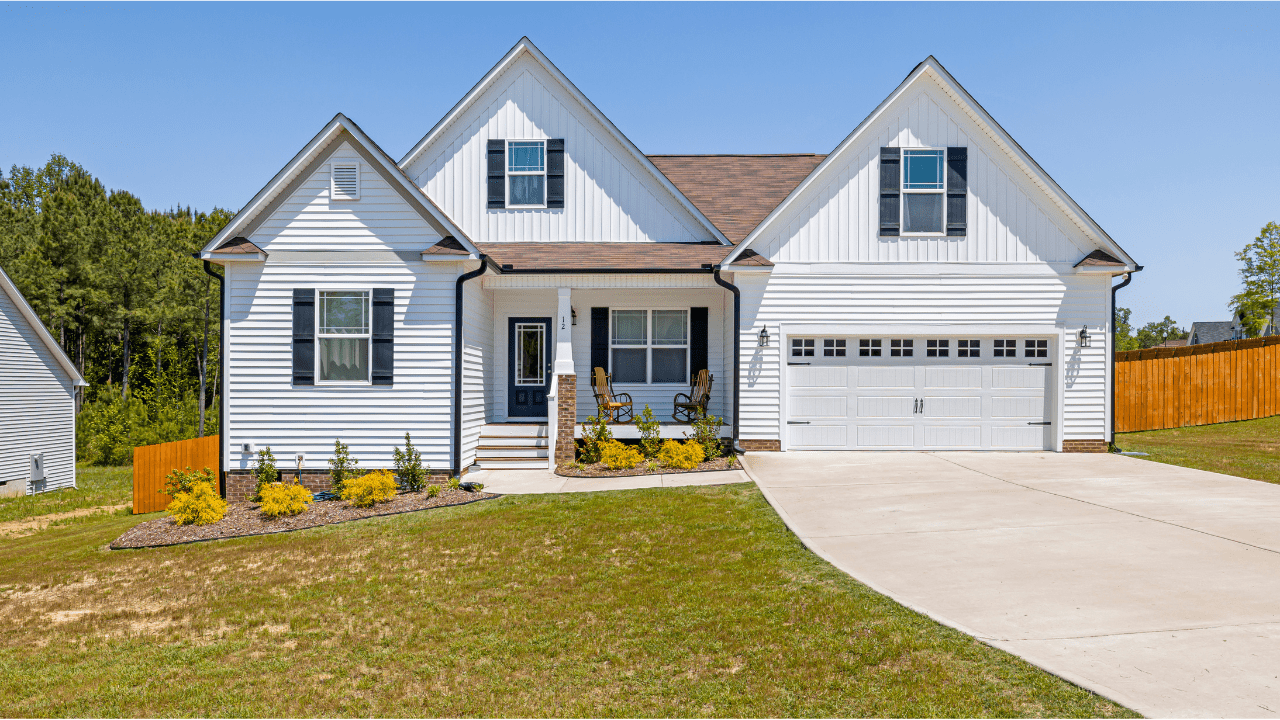When building a new home, knowing what materials to use is vital. Understanding the materials to use not only makes the building process easy but also fun. Below are some reasons why selecting proper home building materials is essential for the next big project:
Important Factors to Consider When Selecting Building Materials
Building sustainable homes is becoming a popular trend. Choosing the right building materials when building helps you have a more sustainable home. A sustainable home is a great way to conserve energy as well as reduce home-associated costs. Choosing the right material is one of the ways that homeowners can create sustainable homes. Below are some factors to consider when obtaining building materials:
- Durability- Ensure the materials are repellent to moisture, corrosion as well as other environmental conditions.
- Sustainability- Consider using sustainable, eco-friendly construction materials. Using materials that can be reused lowers the demand for new ones.
- Maintenance- Choose materials that are easy to manage and maintain. Additionally, they should require less maintenance while making your building look good. Remember, often cheap is expensive- Quality material might sometimes be expensive. However, their maintenance is easy and inexpensive.
- Aesthetic appeal- Although everyone has their specifications and needs, it’s important to consider the material appearance. Your preferred roofing highly affects the house expression. Additionally, the right flooring materials can highly transform your home.
- Performance- Ensure the building can sustain the chosen roofing materials. Additionally, they should be free from harmful chemical emissions. The chosen building materials should support comfortable and healthy living.
- Availability- It’s advisable always to choose materials that are easy to acquire.
- Climate- The cold and heat extent throughout the year has a great influence on the materials to use. Climate different materials behave differently when exposed to certain climatic conditions.
- Cost- The price for different construction materials varies extensively. It’s important to take into account the utility and lifespan of the materials. Buying substandard materials may lead to future restoration costs. Materials that serve you for longer periods are more cost-effective.
Different construction materials have unique properties and are used for different purposes. The structure of a rigid frame building is characterized by its rigid connections. Whether you’re doing a renovation or new house construction, the following materials may come in handy:
Aluminum
Aluminum is one of the widely used building materials. Today it’s known as the most sustainable and efficient construction material. Its intrinsic properties, such as corrosion resistance and lightness, make it perfect for exterior wall panels. Moreover, it doesn’t require special maintenance. Structures that can be hard to make with wood can be easily constructed using aluminum. The material is non-toxic, making it perfect for window frames.
Brick
Traditionally, bricks were made from dried clay. However, today they can be made from a variety of materials. Although they break easily when dropped, they have high compressive strength and heat resistance. If you want to enjoy the aesthetic of brick, consider reinforcing your building with steel rods.
Copper
Although it’s pretty expensive, copper is one of the most durable construction materials. It has a long-life span and a great appearance. Thus, it’s worth spending on. Copper is highly resistant to fire, pests, and corrosion. Therefore, it’s more than just a pretty metal. As a building material, copper is perfect for roofing. Additionally, it can be used as a choice for guttering.
Glass
Unlike other building materials, glass is perfect for absorbing and reflecting light. As a result, it can transmit daylight without yellowing or weathering. Glass is among the oldest most versatile building materials. Initially, it was used as a windowpane. However, over the years, its role in the architectural industry has evolved.
It’s easy to clean and won’t be degraded by chemicals or environmental effects. Since it allows natural light to pass, it protects you from a high electricity bill cost.




